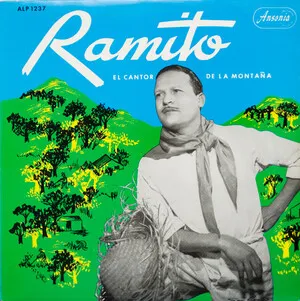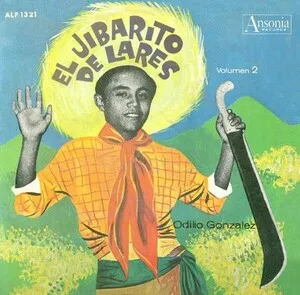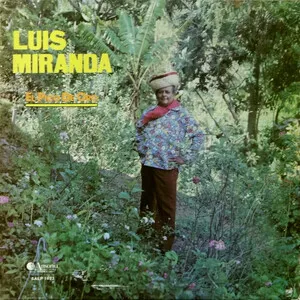Jíbaro (música jíbara or trova puertorriqueña) is the rural mountain folk music of Puerto Rico. It is a singer-centered tradition of décimas and seises accompanied by Puerto Rican string instruments such as the cuatro, tiple, bordonúa, and guitar, with güiro and maracas providing the rhythmic texture.
Its poetry celebrates countryside life, love, work, faith, national identity, and nostalgia for the campo. Melodies are often bright and ornamented, while harmonies favor diatonic progressions in major keys with agile modulations to the dominant. Performances can be festive and danceable (seis) or intimate and reflective (décima/aguinaldo), and frequently include extemporaneous verse (pie forzado) by master trovadores.
Música jíbara emerged in Puerto Rico’s central mountain regions during the Spanish colonial era, crystallizing in the 1800s. Its core poetic vehicle, the décima espinela (ten octosyllabic lines with a set rhyme scheme), arrived from the Iberian world alongside ballad traditions, copla, fandango-type dance airs, and villancico forms, with particularly strong influence from Andalusia and the Canary Islands. Rural artisans developed local string instruments such as the cuatro, tiple, and bordonúa, creating a distinctly Puerto Rican sound.
Over the 19th and early 20th centuries, a repertoire of seises (dance-song types) and aguinaldos (especially at Christmas) evolved, each with characteristic melodies, rhythms, and harmonic turns. The cuatro’s role expanded from accompaniment to virtuosic melodic lead, and trovadores perfected spontaneous décima improvisation (pie forzado), turning public contests into a cultural institution.
By the mid-1900s, radio and commercial records popularized master trovadores such as Ramito and Chuito el de Bayamón. Christmas broadcasts and urban stages brought rural sounds into the cities and diaspora communities, while ensembles standardized the now-classic combination of cuatro, guitar, güiro, and maracas.
From the 1970s, jíbaro idioms intersected with nueva canción currents in Puerto Rico, and artists like Andrés Jiménez foregrounded social themes through folk-rooted song. The cuatro also found a celebrated place in salsa navideña (notably Yomo Toro’s work with Willie Colón and Héctor Lavoe), bridging mountain folklore and Afro-Caribbean urban dance music. Today, festivals, décima contests, and ensembles such as Orquesta Criolla Mapeyé keep the tradition vibrant while younger performers fuse jíbaro elements with folk-rock and contemporary Latin styles.







